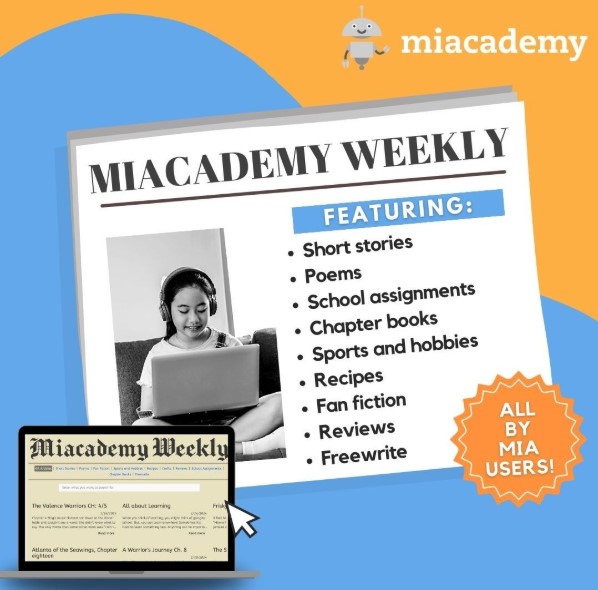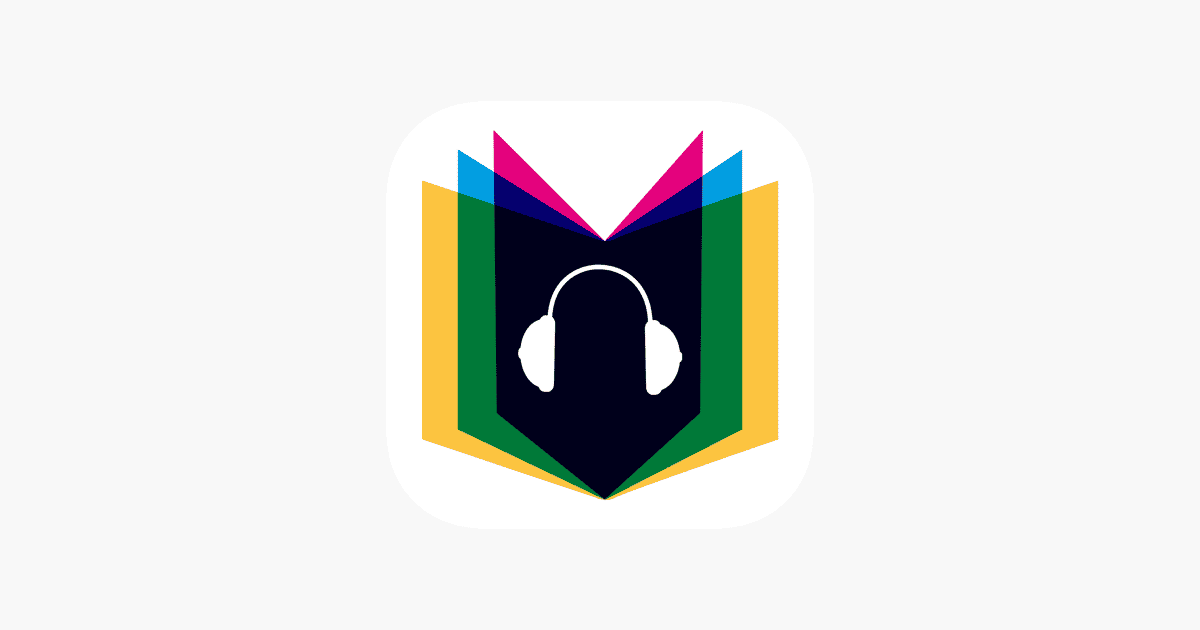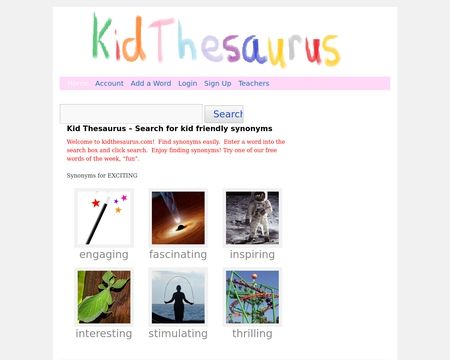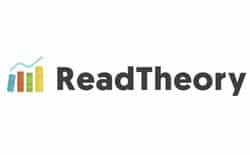Elementary Language Arts Curriculum
Elementary English Language Arts (ELA) is a key part of every child’s education. It empowers students to develop strong reading, writing, and comprehension abilities essential for academic success and lifelong learning.
Our elementary language arts program covers everything from phonics to writing. When students read and write effectively, they can better express themselves and understand others.
Our language arts homeschool curriculum builds a strong foundation of primary reading, writing, and grammar skills that they can later apply in intermediate grades. Our combination of high-quality videos, online practice opportunities, and enriching extension activities gives your child a solid base of reading and language skills while helping them to love reading.
Elementary Language Arts Homeschool Curriculum
Choose a grade level below to explore our full Elementary Language Arts curriculum!

ELA Curriculum for Elementary: Additional Resources
Here are some additional resources to explore that may support your homeschooler’s success in elementary language arts:
Miacademy’s Reading Curriculum for Homeschool
Miacademy’s online homeschool reading curriculum engages young learners, helping them grow their skills and become confident readers and writers. Our language arts curriculum for homeschool families provides a clear foundation in conventional language skills while celebrating individuality.
We encourage students to express themselves and provide them with opportunities for creative exploration, such as writing for our Miacademy Weekly newspaper. Our students can also use their reading and writing skills to engage with their peers through our site’s fully moderated community features.

Our online homeschool language arts curriculum can fit the unique needs of different families. Many families use it as their main curriculum, having their child follow each lesson on their learning path. Others may decide they want to switch to our curriculum in the middle of the year. With the ability to customize your reading instruction, right down to each lesson and assignment, your child won’t have to repeat topics that they’ve already mastered to start learning.
Whether you homeschool full time or are looking to supplement a public school education, we’re here to support you! If you’re curious how Miacademy can be a good fit for your student, please contact one of our friendly customer service agents! They’ll be happy to help you with any questions you may have.






